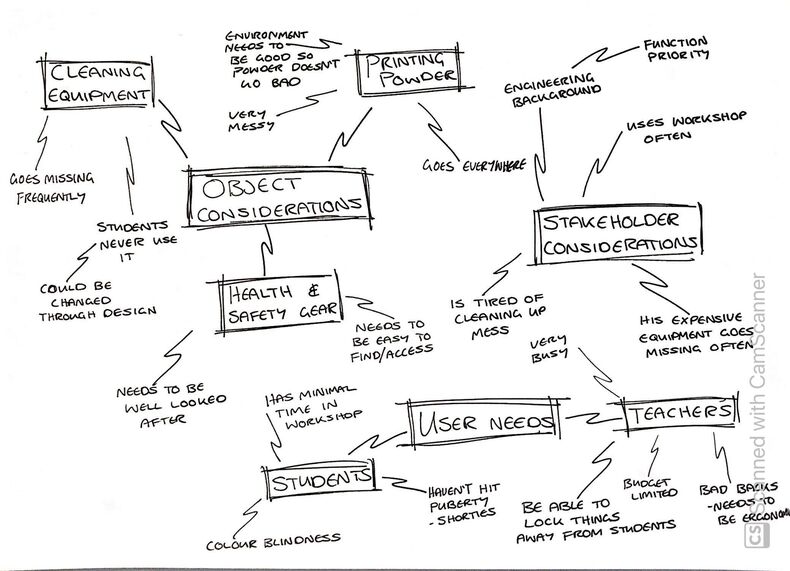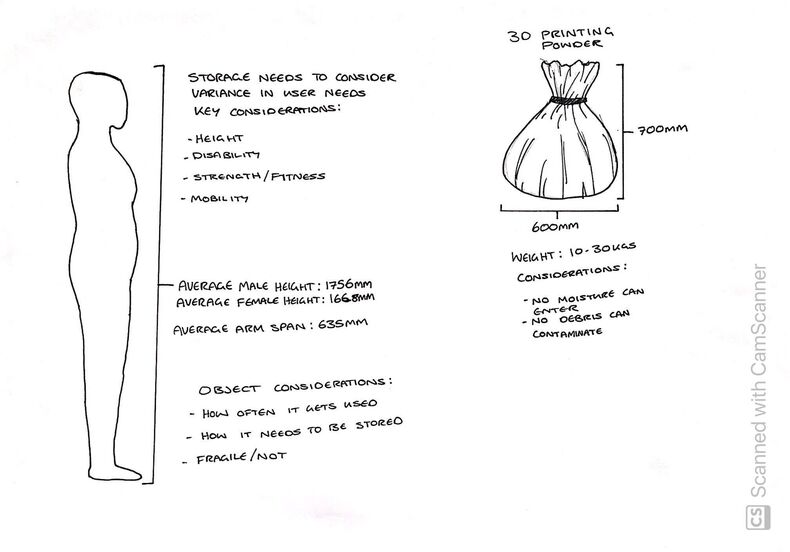- Workbook/digital portfolio
- Pen/paper
- Computer/laptop
- Camera
1
Unpacking the Brief
1
Unpacking the Brief
2
Design Properties
3
Exisiting Product Evaluation
4
Hunt and Gather
5
Ideation
6
User + Object Considerations
7
Environmental Considerations
8
Developed Ideas
9
Functional Modelling
10
Construction Research & Testing
11
Working Drawings
12
Technical Drawings
13
Production Flowchart
14
Final Evaluation
Here's where things get specific. At this point, you need to figure what, exactly WHAT you are making and WHO you are making it for.
Equipment
Guiding questions
Think about these questions as you work your way through the lesson:
Lesson content
Understanding your user and their needs is absolutely vital for this project to be successful. Knowing what specifications you need to include will help you design/make something that works not only in theory but in practice. The last thing you want to do is spend a crazy amount of time and energy designing something that doesn't even meet the brief! And yes, that happens all the time.
Instructions
Brainstorm all you know about your users and their needs ... e.g. has a wooden leg, is blind in one eye so no depth perception, wants to be able to alter the shelf height themselves but isn’t very ‘handy’, loves the colour green, has a limited budget, is quite short and doesn’t want to tip toe.
Note: Hollie's examples are found below.
Hollie's Brainstorms

Hollie's brainstorms

Hollie's stakeholder considerations